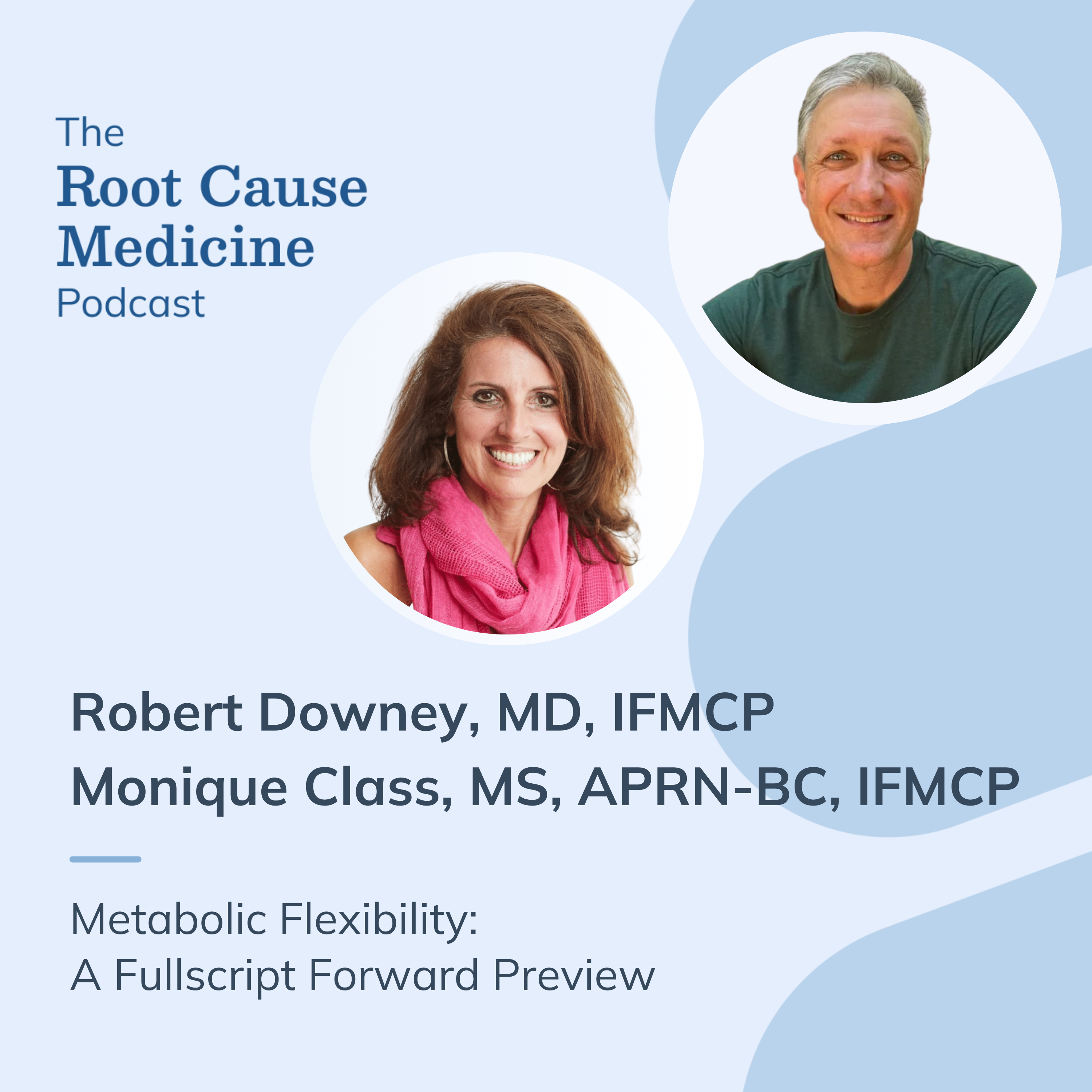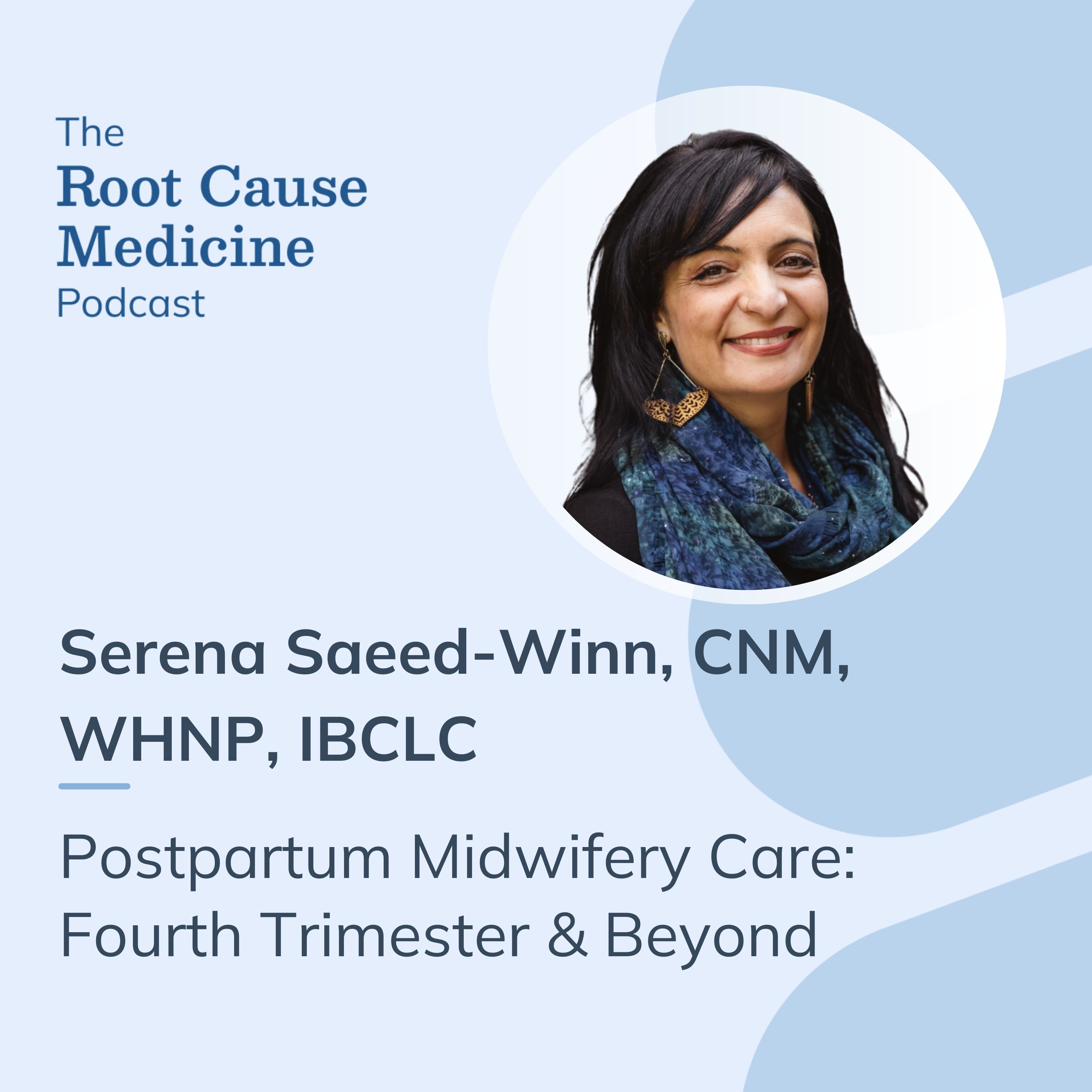Irritable bowel syndrome is often associated with imbalances in gut bacteria, fungi, or parasites. A functional medicine approach to IBS may include a comprehensive evaluation, which could involve stool and food sensitivity testing, and addressing microbial imbalances.
[signup]
CC: POTS, Irritable Bowel Syndrome- Mixed Constipation and Diarrhea, Abdominal Pain, Flatulence, Urgency
21-year-old female presents with postural orthostatic tachycardia syndrome (POTS), fatigue, nausea, headache/migraines, and syncope symptoms. The patient had been diagnosed with mixed irritable bowel syndrome three years prior. However, on the initial visit, the patient’s digestion was stable, with well-formed bowel movements that were frequently floating. Upon treatment supporting a reduction in the patient’s POTs symptoms, her digestion began acting up with symptoms of abdominal pain, bloating, and urgency following meals, with alternating constipation and diarrhea, accompanied by foul-smelling flatulence.
Additional History
The patient had been diagnosed with POTS 4 months prior to the first office call and had recently left college due to the unpredictable nature of her symptoms. She was working with a neurologist and cardiologist to help manage her blood pressure with medication. At the same time, I began working with her to explore hormonal, viral, nutritional, and other contributing factors to her ongoing symptoms.
She has been on hormonal birth control for five years to help manage her heavy, painful, and irregular menses and had menses four times a year due to birth control.
Her diet had improved in the last three months since living at home with her parents, compared to her highly processed college diet. Her current diet was cereal with milk or yogurt with granola, fruit, and honey for breakfast, followed by a sandwich or grilled cheese for lunch with a fruit or vegetable side.
Dinner was her most complete meal with protein, carbohydrates like potatoes or rice, and a vegetable side. She would only consume gluten-free mac and cheese when her stomach was upset, which was 1-2x weekly.
The patient only consumed water during the day with a goal of 100 oz. However, she commonly felt dehydrated.
Since childhood, she had experienced frequent stomach aches and diarrhea, which increased in severity during her first year of college, resulting in her IBS diagnosis. She had cut out gluten and dairy following her IBS-Mixed (IBS-M) diagnosis, which provided mild and short-lived improvement.
The patient was born one month premature via cesarean section. She was bottle fed but battled frequent episodes of colic till six months old.
She has frequent ear infections as a toddler and sinus infections as a child resulting in regular antibiotic use.
She suffered multiple yearly colds and sinus infections and contracted the flu yearly as a teen. She has been on at least 1 round of antibiotics annually since childhood.
Interventions
Following the initial visit, an ideal diet was outlined for the patient to optimize protein, fat, and complex carbohydrates at each meal to support stable blood sugar and nutrient intake. We added more salt to her diet via a pinch of pink Himalayan Sea salt to her water and reduced water intake to half her body weight in ounces to avoid over-hydrating and the risk of losing electrolytes via urine.
To limit the hormonal influence on her system, we discussed removing endocrine disruptors from her diet and lifestyle through food, body care products, and other exogenous factors like water and utilizing an air purifier in her bedroom.
We also discussed lymphatic support through daily gentle walks and stretches, dry brushing 3x a week, and weekly use of castor oil packs targeting her liver and digestive organs.
Supplemental support consisted of daily food-based vitamin C and collagen powder for blood vessel support. Food-based collagen was also addressed by introducing quality, homemade bone broth sipped daily or as a broth base for whole grains.
Lab Work
Comprehensive Stool Test Results
- Commensal Overgrowth: High for Bacteroides Phylum, High Firmicutes Phylum
- Commensal Levels: Below detectable level Akkermanssia muciniphilia
- Pathogenic Overgrowth: High bacillus species, High Enterobacter cloacae
- Mycology: High Candida Albicans, High Rhodotorula Species
- Pancreatic Elastase 360; within normal limits
- Fecal Fat Total: Low
- Fecal Secretory IgA: Slightly Elevated
- Calprotectin & Eosinophil Protein X: Within normal limits
- Short-Chain Fatty Acids: Low normal
- N-butyrate concentration and %: Both low
- Acetate: High
Lab Analysis
Stool panel findings indicate a high level of pathogenic, fungal, and commensal overgrowth as well as low levels of beneficial bacteria; this suggests an imbalance in the gut microbiome.
Overall her digestive health was relatively healthy and stable, with no changes to pancreatic enzyme output and only slight inflammation seen via her elevated secretory IgA marker.
One main concern was patients’ lower fat output and low short-chain fatty acid constituents, chiefly butyrate, which is one of the most important for colonic cell health and regulation.
Interventions
- A diet to support balanced gut health was recommended: avoiding added sugars, fruit juices, alcohol, and certain fermented foods.
- Liver support was initiated with a supplement to help manage the body's natural detoxification processes.
- L Glutamine (Klaire Labs): 1 scoop nightly in water to support the high secretory IgA level and preserve gut lining integrity during biofilm breakdown.
- Sunbutyrate (Pure Encapsulations): begin with 1 tsp daily away from food, slowly increase to 1 TBSP morning and night. This is a highly concentrated form of butyrate to support short-chain fatty acid intake and provide food sources for the enterocytes to support cell turnover and healing.
After three weeks of liver and GI support, the patient began the biofilm breakdown process outlined below:
- Biofilm Defense (Kirkman Labs): 1 capsule taken first thing in the morning away from food and supplements for at least 1 hour and accompanied by a full glass of water.
- Activated Charcoal (Integrative Therapeutics): 2 capsules taken 30 minutes-2 hours after biofilm defense for binding the toxins released from biofilm breakdown.
- The patient was encouraged to focus on lymphatic drainage during this period; increased dry brushing to 1x daily, castor oil packs over the liver 3x weekly, lymphatic massage every other week, and daily 20 minute daily walks to support lymphatic pumps.
2 Months Follow Up
The patient experienced a reaction two weeks into the protocol, which she described as increased headaches, fatigue, muscle aches, and joint pain.
We addressed this by increasing water intake and bringing in a combination of dandelion and burdock root tea daily to support liver elimination.
The patients’ symptoms subsided, and she did not follow up again till the recommended eight weeks into the protocol.
The patient felt good overall; bowel movements had increased to 1-3 times daily and were very foul-smelling and mucus-filled.
At this time, the patient was advised to continue the protocol for two more weeks while starting the following supplements, then discontinue:
- Garlic 6000: 1 capsule daily with food for one week, then increase to 1 capsule 2x daily with food.
- Phytostan (integrative Therapeutics): After two weeks on a full dose of 2 Garlic 6000 capsules daily, the patient was instructed to bring in 1 capsule away from food for one week, then increase to 1 capsule 2x daily away from food.
- Consider including matcha powder/green tea to support the healthy growth of beneficial gut bacteria.
- She was also encouraged to consume coconut oil and other foods like oregano, thyme, garlic, onion, leeks, ginger, turmeric, and citrus for their potential health benefits.
4 Month Follow Up
The patient had no worsening symptoms with food introduction and continued to notice an improvement in her gastrointestinal symptoms, rating her current improvement at 90%.
Her weight has stabilized with her gaining 4 pounds back, and her energy has picked up to a 7/10 daily.
The patient was advised to stop the supplements and begin supporting reinoculation through daily use of saccharomyces boulardii and bringing in a daily “gut drink” to support high prebiotic intake: ¼ cup 100% cranberry and pomegranate juice, one scoop of collagen powder, one scoop matcha green tea powder, and newly added one scoop of acacia powder to support beneficial bacteria growth directly.
Pt was also encouraged to begin a trial introduction of fermented foods like kimchi, sauerkraut, and miso to bring in live active cultures.
6 Month Follow Up + Labs
The patient was still doing well; bowel movements had remained steady, and there was no increase in symptoms following fermented food introduction.
A stool panel was provided and directed to perform after discontinuing saccharomyces boulardii for two weeks.
Comprehensive Stool Test Results:
- Commensal Overgrowth: slight elevation of Bacteroides phylum
- Commensal Undergrowth: low-level Akkermanssia muciniphilia
- Pathogenic Overgrowth: below detectable limits
- Mycology: below detectable limits
- Pancreatic Elastase 360; within normal limits
- Fecal Fat Total: low
- Fecal Secretory IgA: Within normal limits
- Calprotectin & Eosinophil Protein X: Within normal limits
- Short-Chain Fatty Acids: normal
- N-butyrate concentration and %: within normal limits
- Acetate: slightly elevated
Summary
When dealing with chronic digestive issues accompanied by a long history of antibiotic use, addressing biofilm formation may help support long-term digestive health. Biofilm production is known for harboring hidden imbalances, which can contribute to chronic issues beyond digestive symptoms alone. While the patient saw a vast improvement in her digestive health with treatment, she also experienced improvements in her POTS-related symptoms, supporting her return to a more active lifestyle.












%201.svg)







